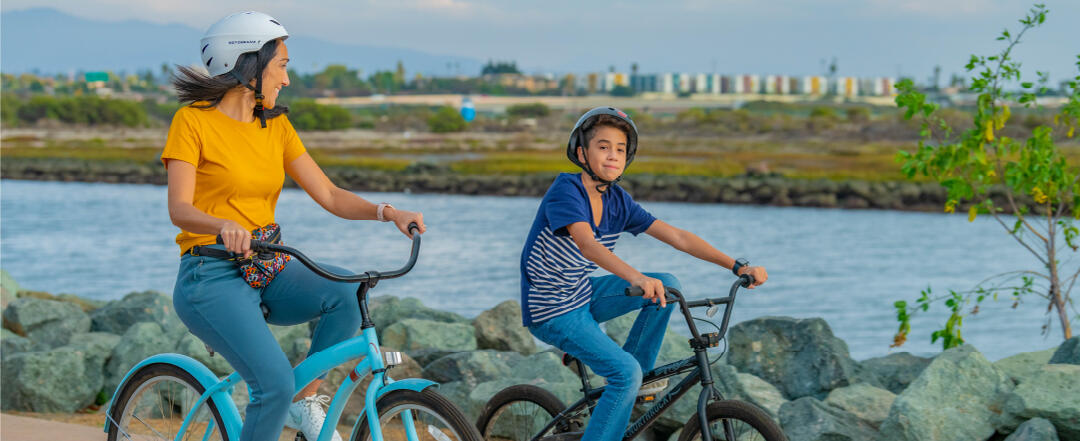Let’s Keep San Diego Bay Clean: Easy Ways to Prevent Stormwater Pollution
Debris and pollutants left outdoors can wash into our stormwater and eventually reach San Diego Bay.
Don’t forget, the bay belongs to all of us, and it's up to everyone to keep it pollution-free. Here are a few fun facts and action items to help keep our bay clean!
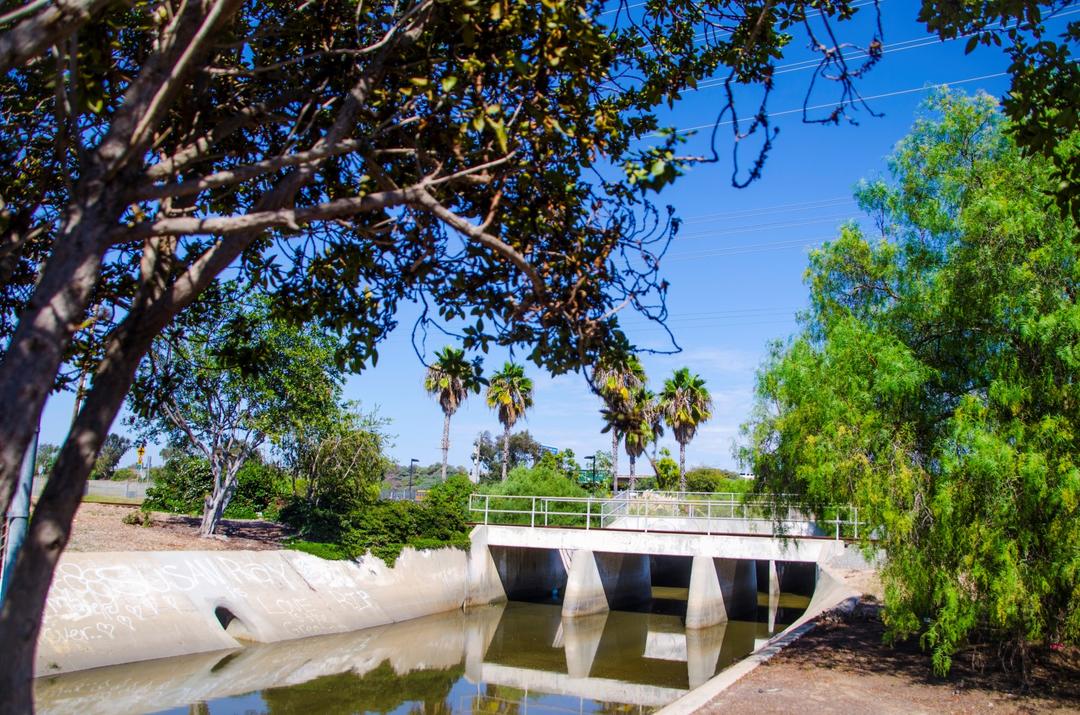
Storm Drains vs. Sewer Drains
Storm drains and sewer drains are two separate systems!
- Storm drains are often found on street curbs or in parking lots, and they take UNTREATED water to the bay or ocean.
- The sewer system takes wastewater from sinks, toilets, and other sources to a facility where it is TREATED before discharging into the ocean.
Since storm drains aren’t treated, we have to try our best to keep them free of pollution.
Everyday Example: Car Wash
Wash your car at a designated car wash instead of at home in your driveway. If you wash it at home, all the dirt and oils on your car can run off into the storm drain and go straight to the bay, but designated car washes are specifically connected to the sewer system to treat the runoff instead.
About the San Diego Bay Watershed
San Diego Bay is at the bottom of the watershed, so all the precipitation, streams, and storm drains in the area ultimately drain into the bay.
What does this mean? Any pollutants picked up by these water sources within the 220-square mile San Diego Bay Watershed Management Area can also make their way into our bay.
FYI: Trash isn’t the only thing that can get washed into storm drains and the bay when it rains.
Trash may be the most obvious pollutant, but chemical fertilizers, chemical cleaners, chemical pesticides, trace metals, debris, oil leaks from cars, and pet waste all have the potential to end up in the bay.
Here’s How You Can Make a Difference
Prepping ahead of a rain event is a responsibility we all collectively share. Here are a few easy to-dos before a rain event and beyond.
Rain Event To-Do List
- Make sure trash cans are covered with secure lids.
- Clear and dispose of excess debris from lawns such as leaves and extra grass, which can clog drains.
- Soak up driveway oil leaks with kitty litter, then sweep it into a bag and dispose of properly as household hazardous waste.
- Turn off your sprinkler system to prevent overwatering.
- Move your machinery, equipment or any chemical substances indoors or under overhead cover where rain or wind can’t reach them.
Everyday Actions
There are a few eco-friendly habits or changes you can implement regardless of the weather forecast.
- Home maintenance: If you need to use pesticides, herbicides, fertilizers, or cleaners around your yard or driveway, opt for environmentally friendly (eco-friendly) versions instead of the chemical alternative.
- What’s environmentally friendly? Eco-friendly products will contain ingredients derived from plant animal products instead of complex chemicals.
- Example: Use compost instead of fertilizer.
- Example: Use compost instead of fertilizer.
- What’s environmentally friendly? Eco-friendly products will contain ingredients derived from plant animal products instead of complex chemicals.
- Auto and outdoor machinery maintenance: Keep up to date on routine maintenance with your car and other outdoor machinery to prevent oil leaks.
- Regular car washes: Make sure to wash your car when it is dirty and do so at a designated car wash so any dirt or oils on your car can’t make their way into storm drains or the bay.
- Pet care: Be sure to always pick up after your pet! The bacteria, parasites and viruses found in pet waste have the potential to make people sick, and aren’t good for the environment either. So don’t forget to scoop the poop.
- Sprinkler system know-how: Generally maintaining sprinkler systems can prevent leaks and make sure you’re not overwatering.
- FYI: San Diego County has a rebate program for weather-based irrigation controllers, which can automatically adjust the sprinkler schedule for weather changes.
- Water-saving systems: Get rain barrels or rain-saving gutters for your yard or house to prevent overirrigation, soil erosion, urban runoff, and flooding. By saving the rainwater and using it later for your garden and lawn, you can save money on your water bill and reduce demand on our drinking water supply! Check out San Diego County's waterscape rebate program for rain barrels and other water-saving systems.
Looking for more ways to take care of your bay?
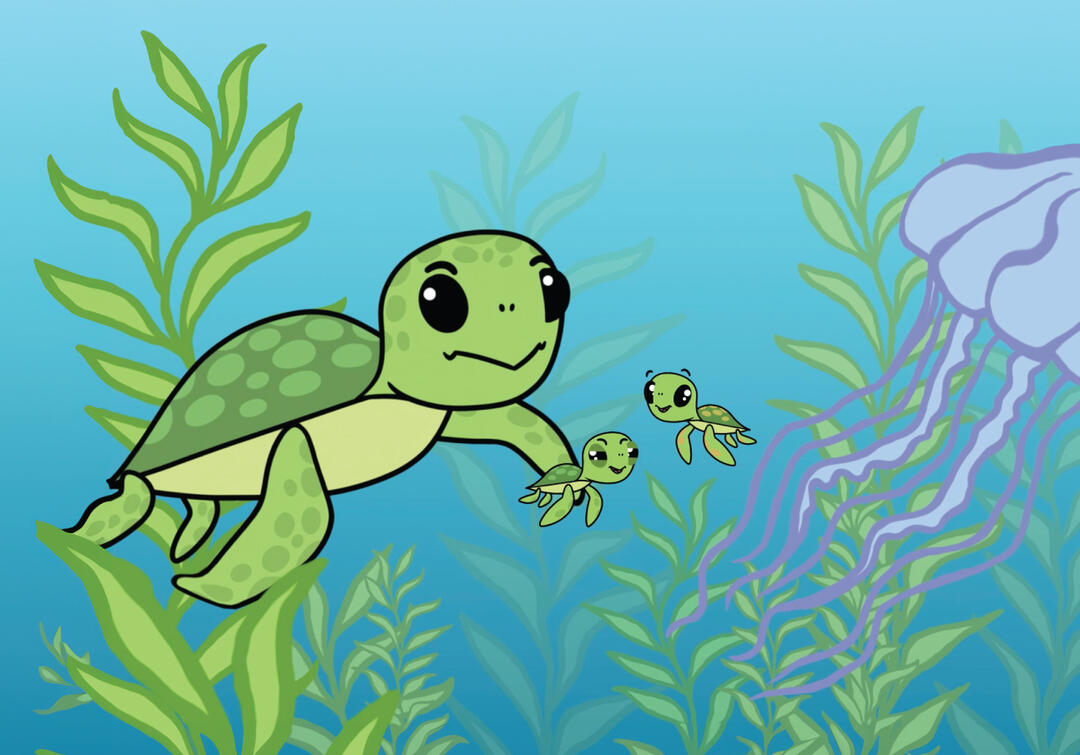
Keep Plastics Out of San Diego Bay
Help keep single-use plastics out of San Diego Bay!
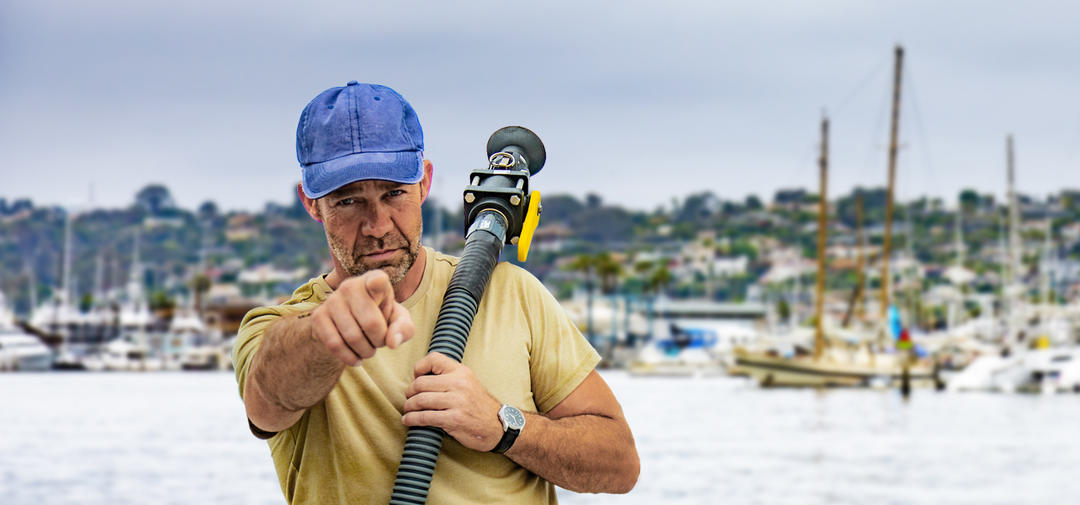
Dump at the Pump
Remember, vessel sewage should never be discharged into our San Diego Bay. To find a pumpout station and fuel dock location near you, visit our map.
Pumpout Stations & Fuel Dock Locations
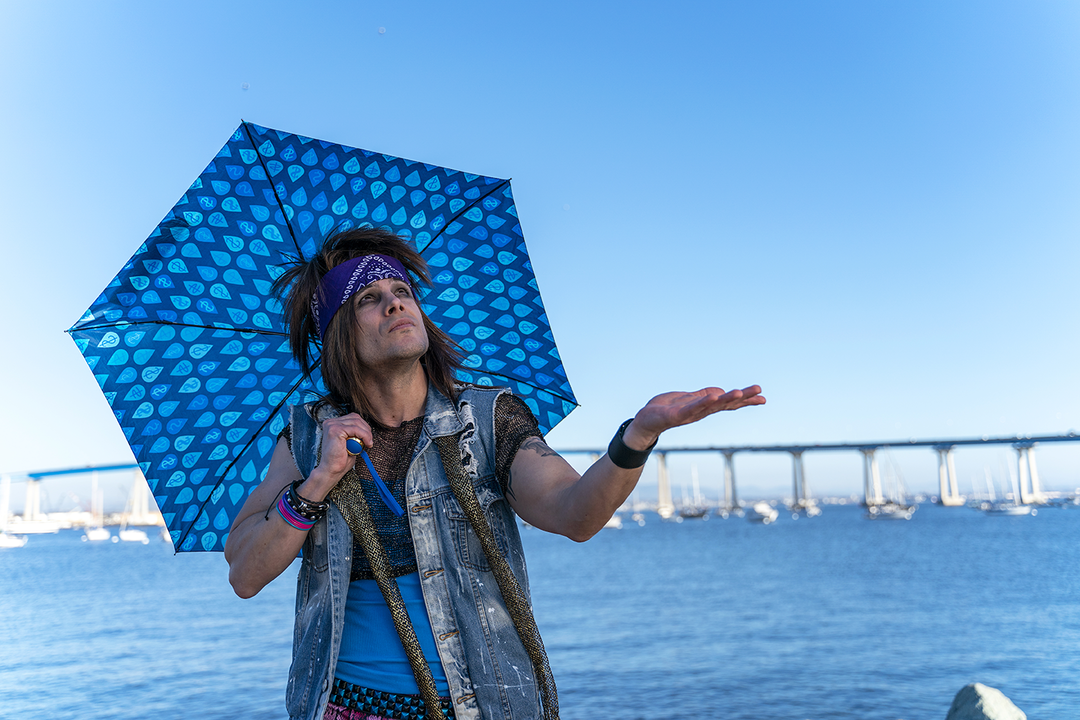
Storm Drayne
Everything seems so fresh and clean after it rains, but that is because all of the blown away napkins, dropped trash, leaked oil, and whatever else - get washed into storm drains, and into the bay. Prevention is key!
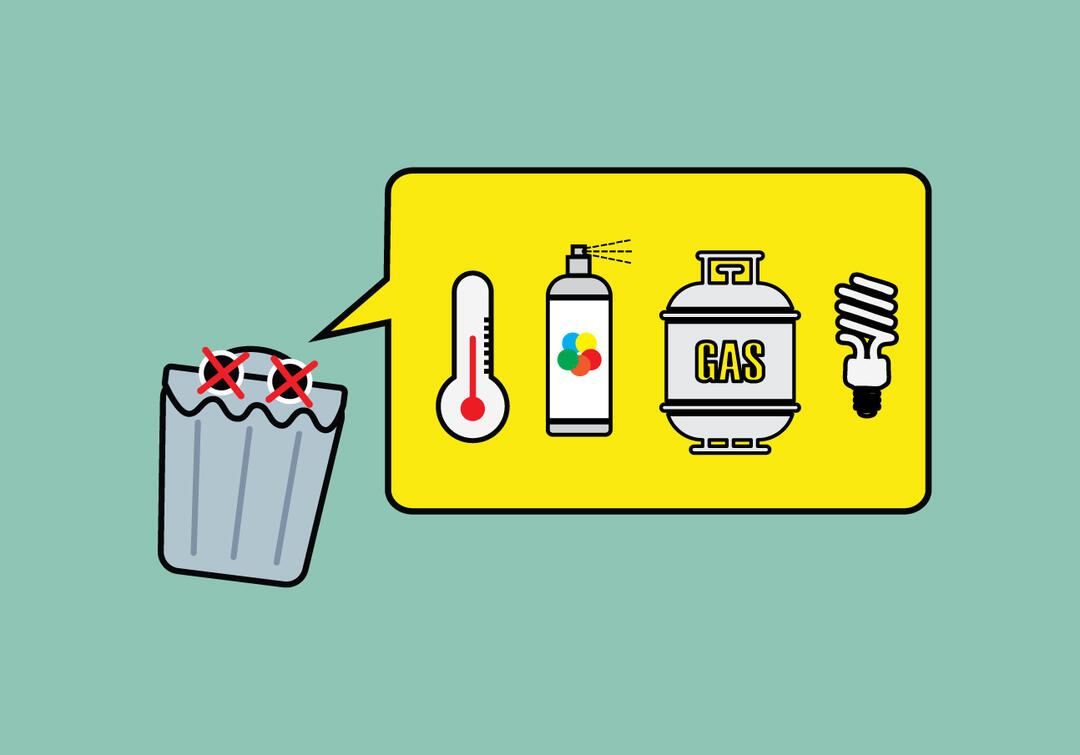
Household Hazardous Waste
Learn about how you can help keep San Diego Bay free of household hazardous waste with the Port of San Diego!
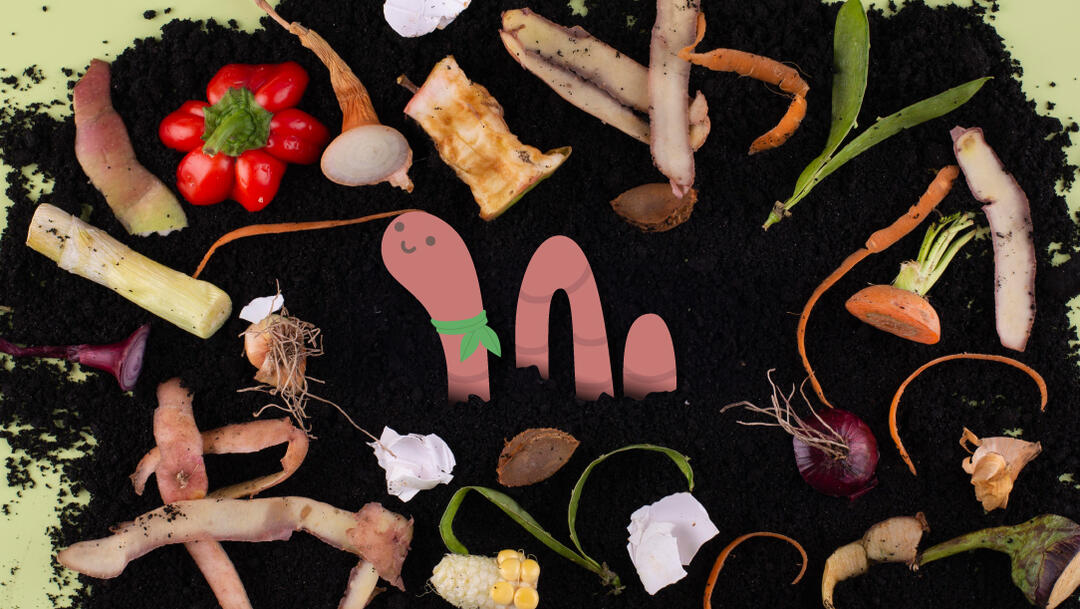
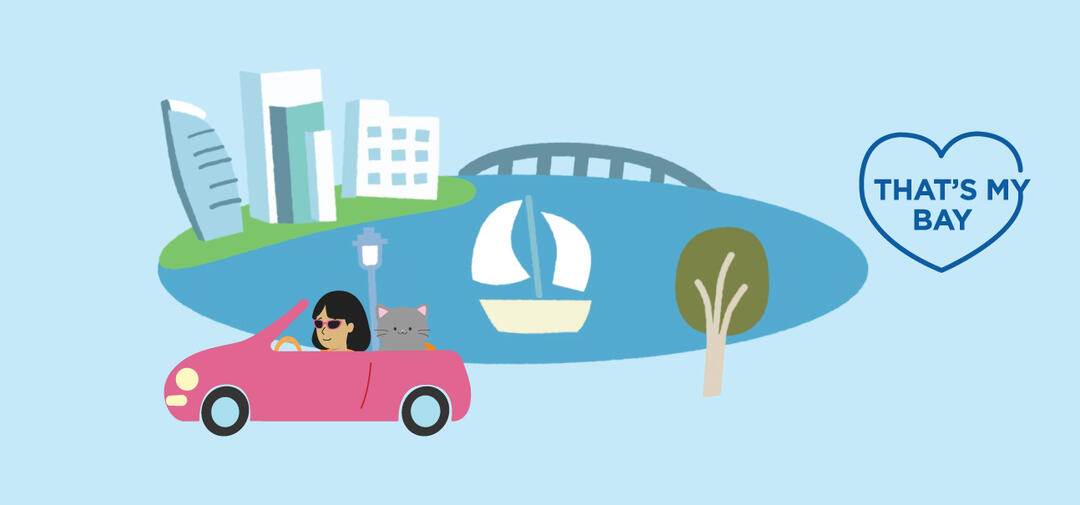
Vehicle Maintenance
Taking good care of your bay means taking care of your car!

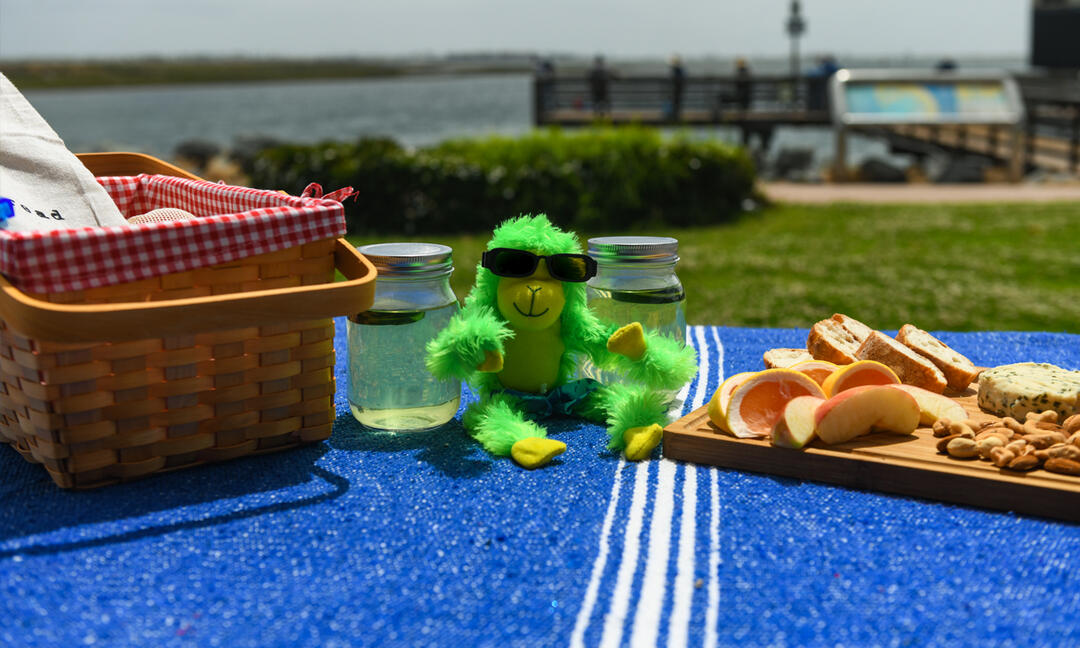
Go Zero Waste!
Adopt a zero-waste lifestyle and help keep our beautiful bay resources alive for years to come!
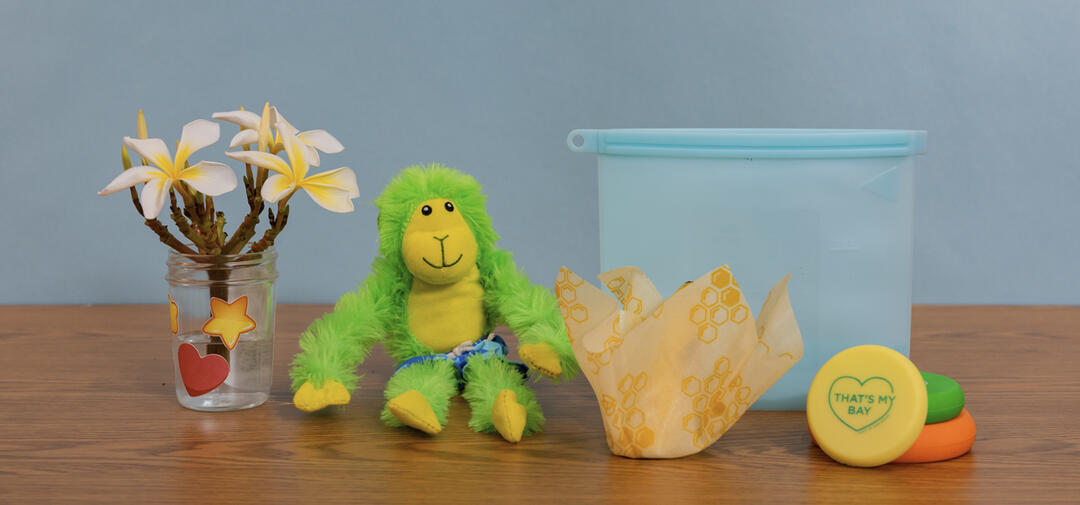
Reduce, Reuse and Recycle
Reduce, Reuse and Recycle to help keep your community (and bay) in ship shape!
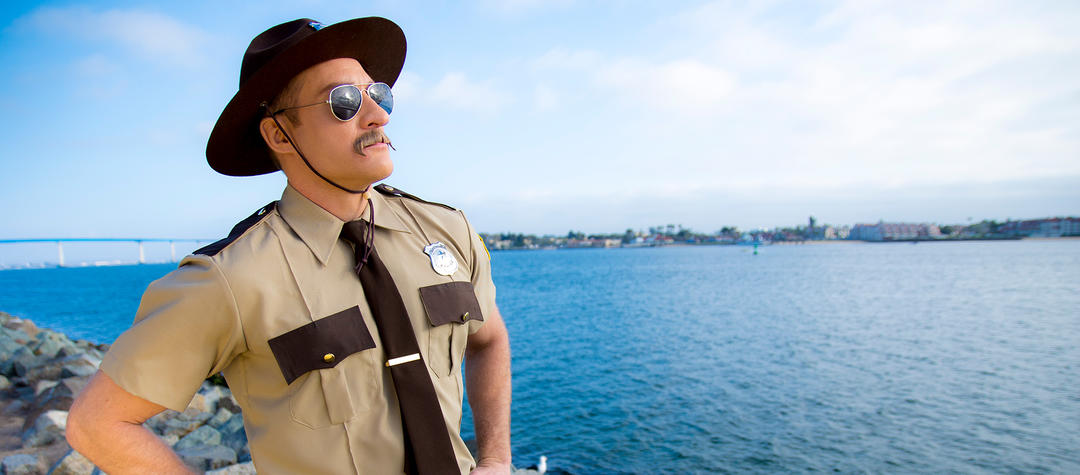
Take Care of Your Trash
San Diego Bay doesn’t just belong to all of us - it belongs to each of us.

Drayniacs Know Your Drains
Everything seems so fresh and clean after it rains, but that is because all of the blown away napkins, dropped trash, leaked oil, and whatever else - get washed into storm drains, and into the bay. Prevention is key!
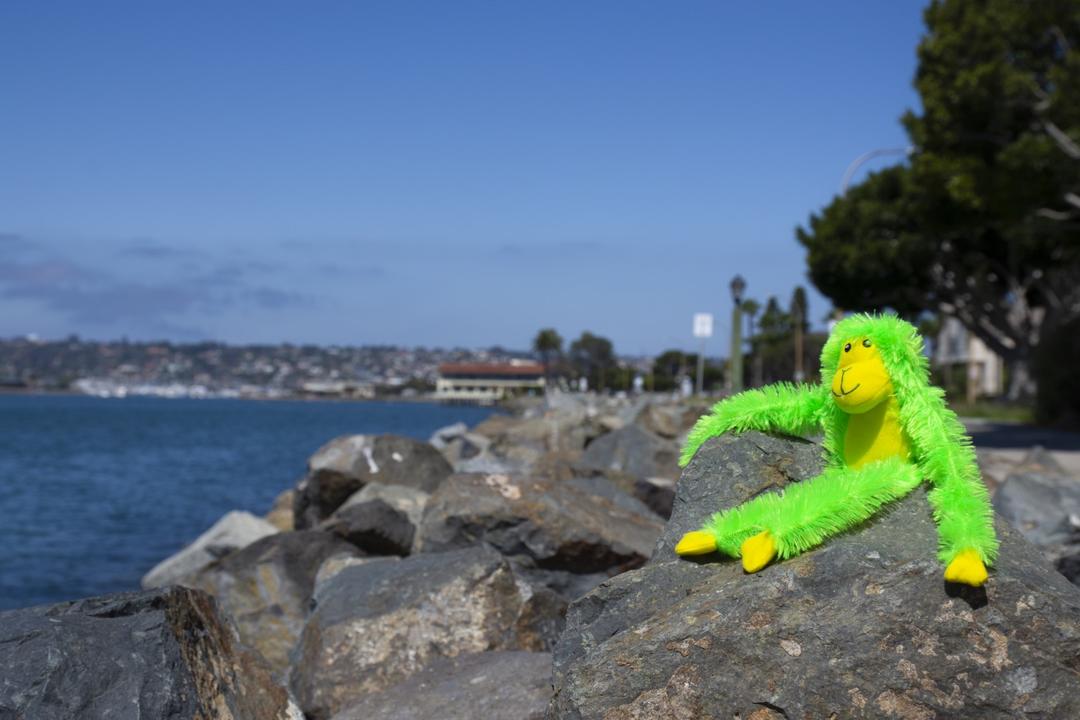
Traveling With Trash
Keep a Monkey Grip on Your Trash! Hang-on Hank says, "When traveling with trash, be sure it doesn't escape from your car or truck so there is no risk of it blowing into the bay."
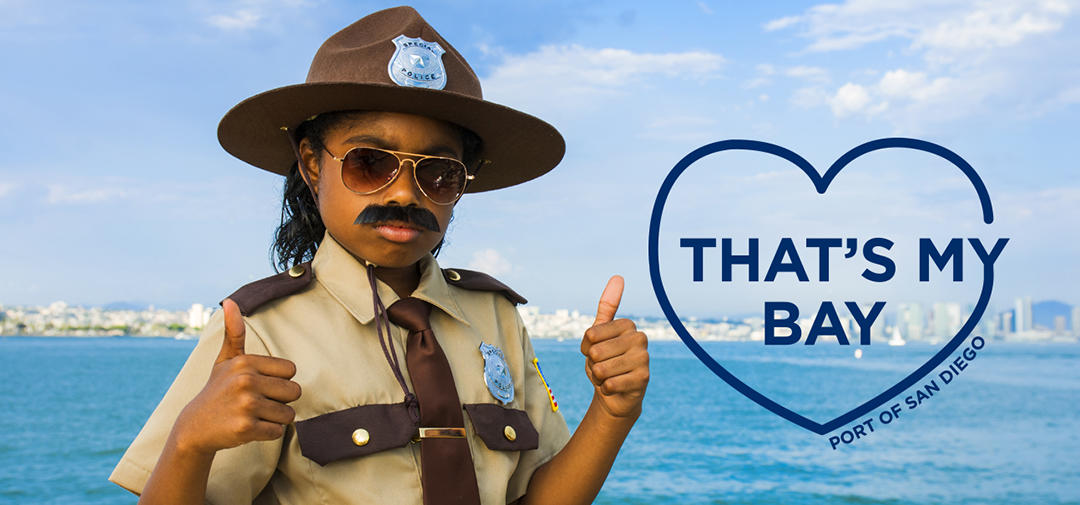
Keep A Lid On It
Meet Trash Trooper Trish and help us keep our bay clean by keeping a lid on it!

Bay Brotocol
Two bay loving bros are shocked to see a neighbor over watering his lawn, allowing chemicals to seep into storm drains. They are happy to turn their unsuspecting overwatering neighbor into a brocean bro that knows how to take care of his bay.
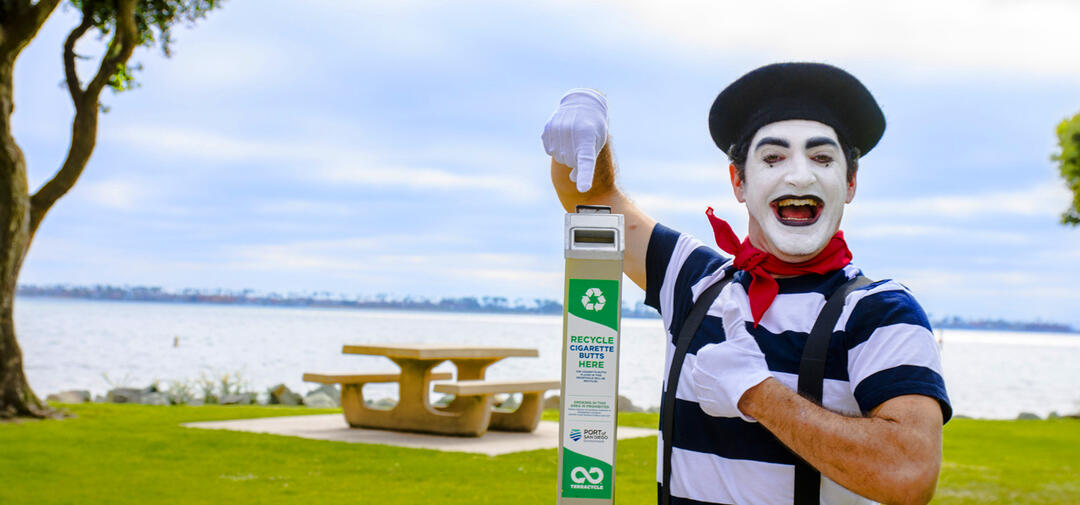
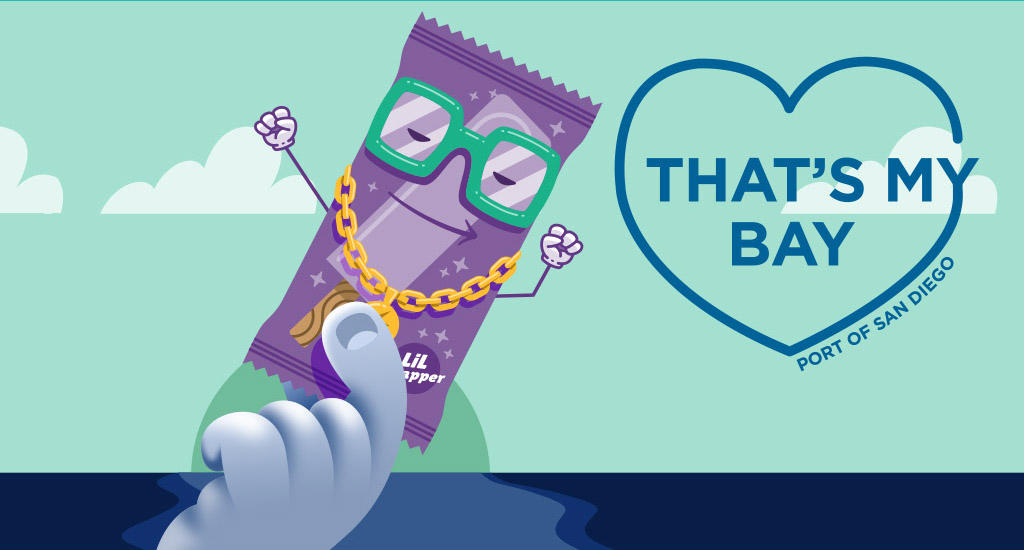
Lil Wrapper
From Lil Wrapper to littered wrapper. How does a promising snack star on the rise in east county, end up as a potential threat to innocent seahorses in #SanDiegoBay?
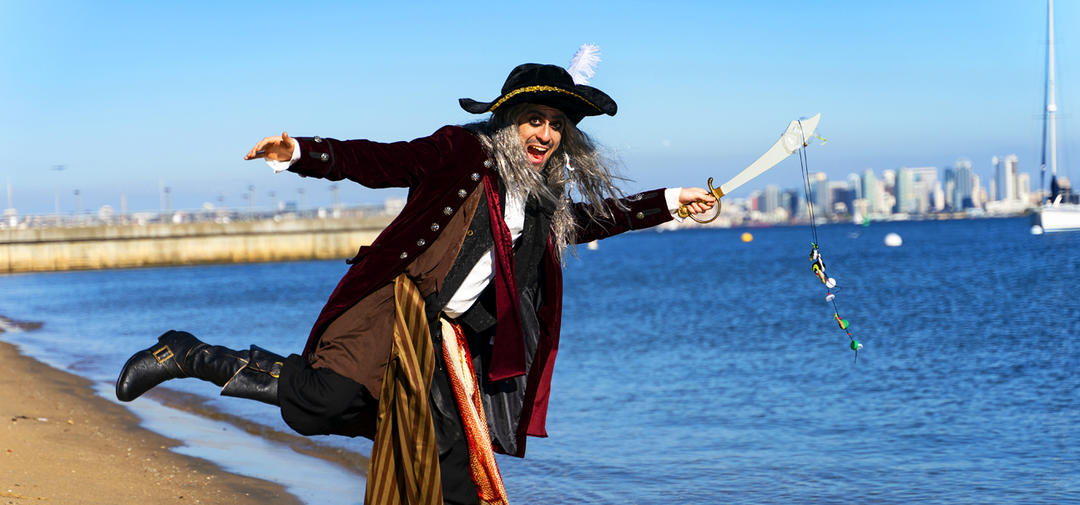
Keep the Seas Plastic Free
Leaving just one small piece of trash may seem like no big deal - but those little bits add up, and they don't just stay put or go away on their own.
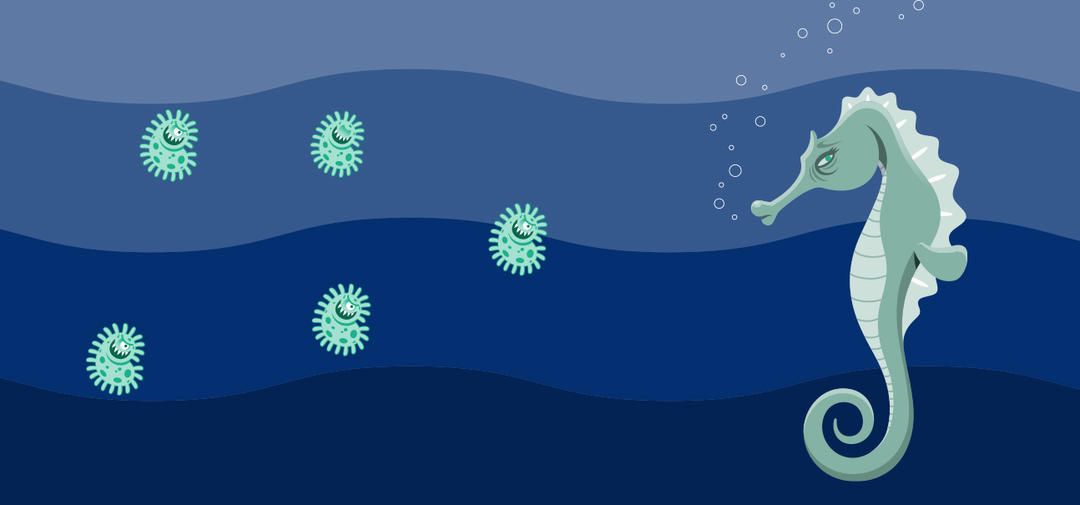
Scoop the Poop
Scoop the Poop! Pick up after your pet so their waste doesn't get washed into the bay.

